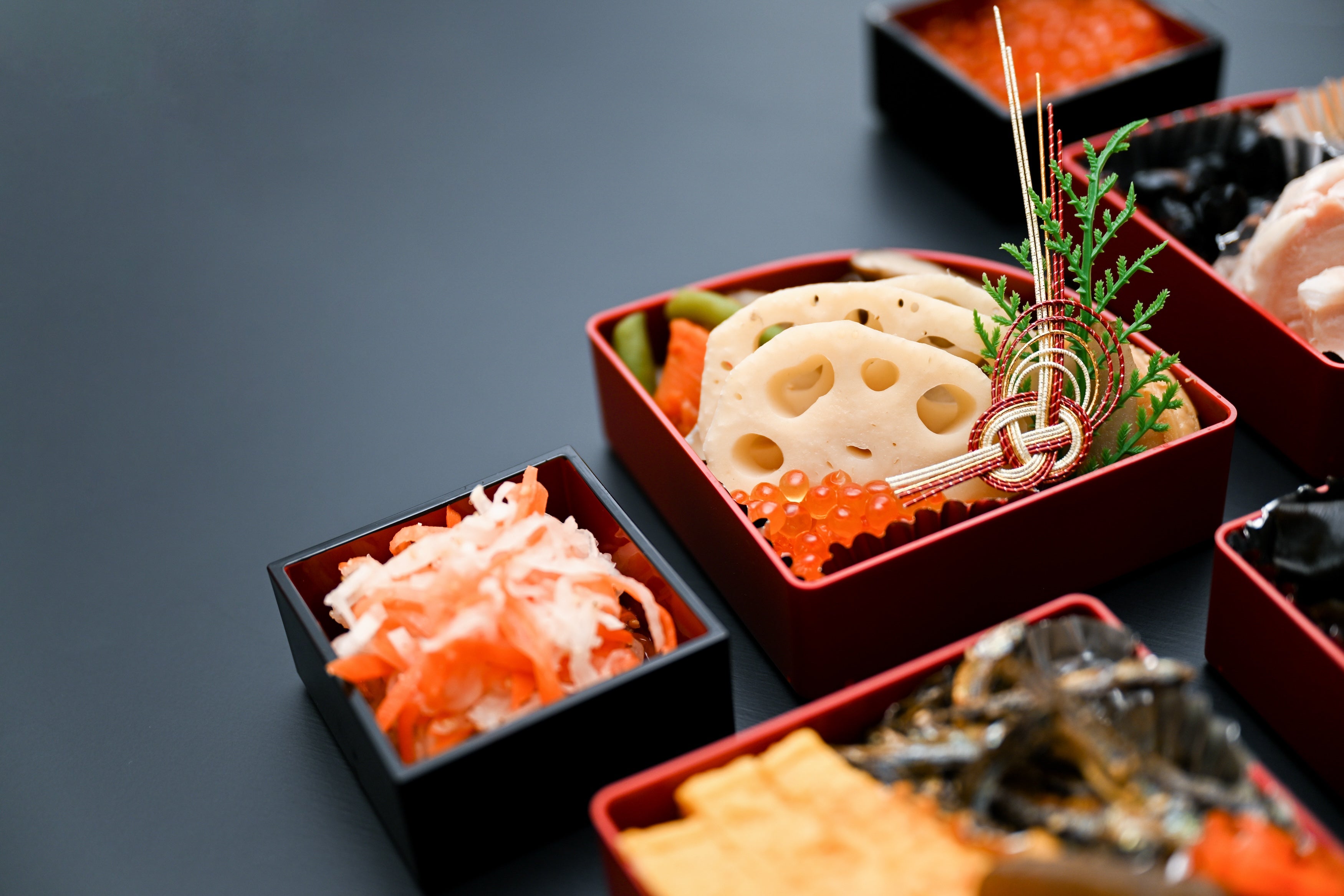

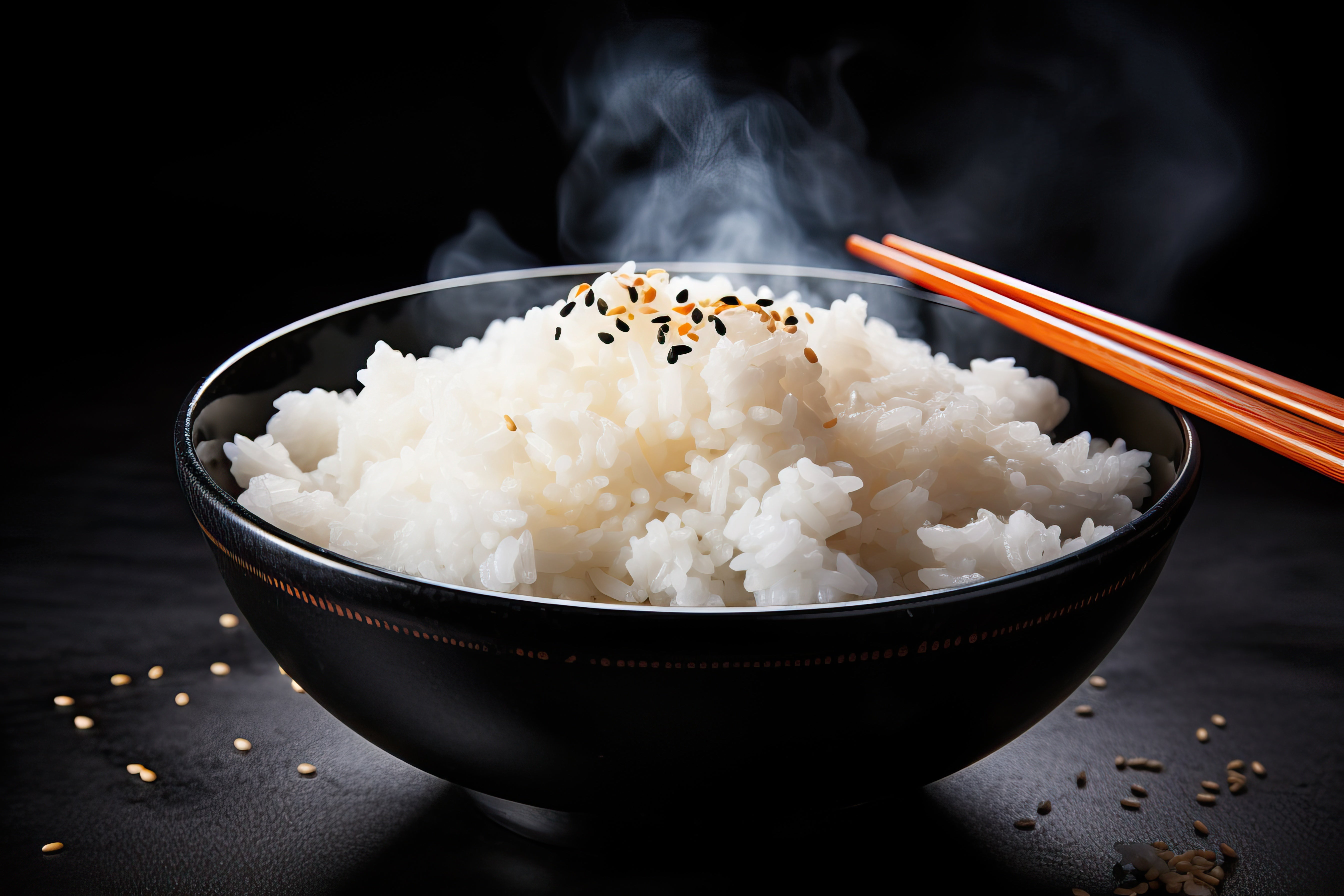

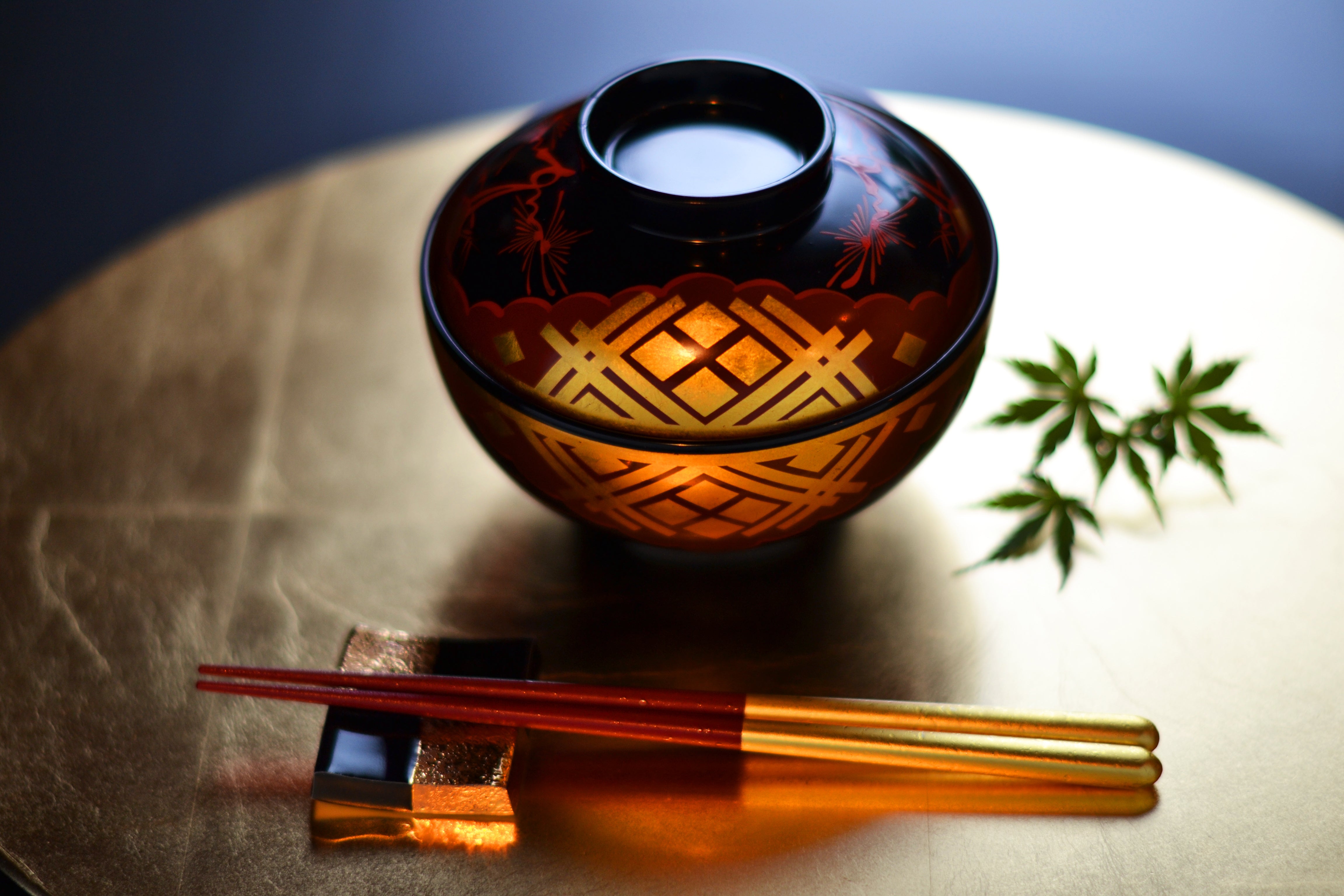



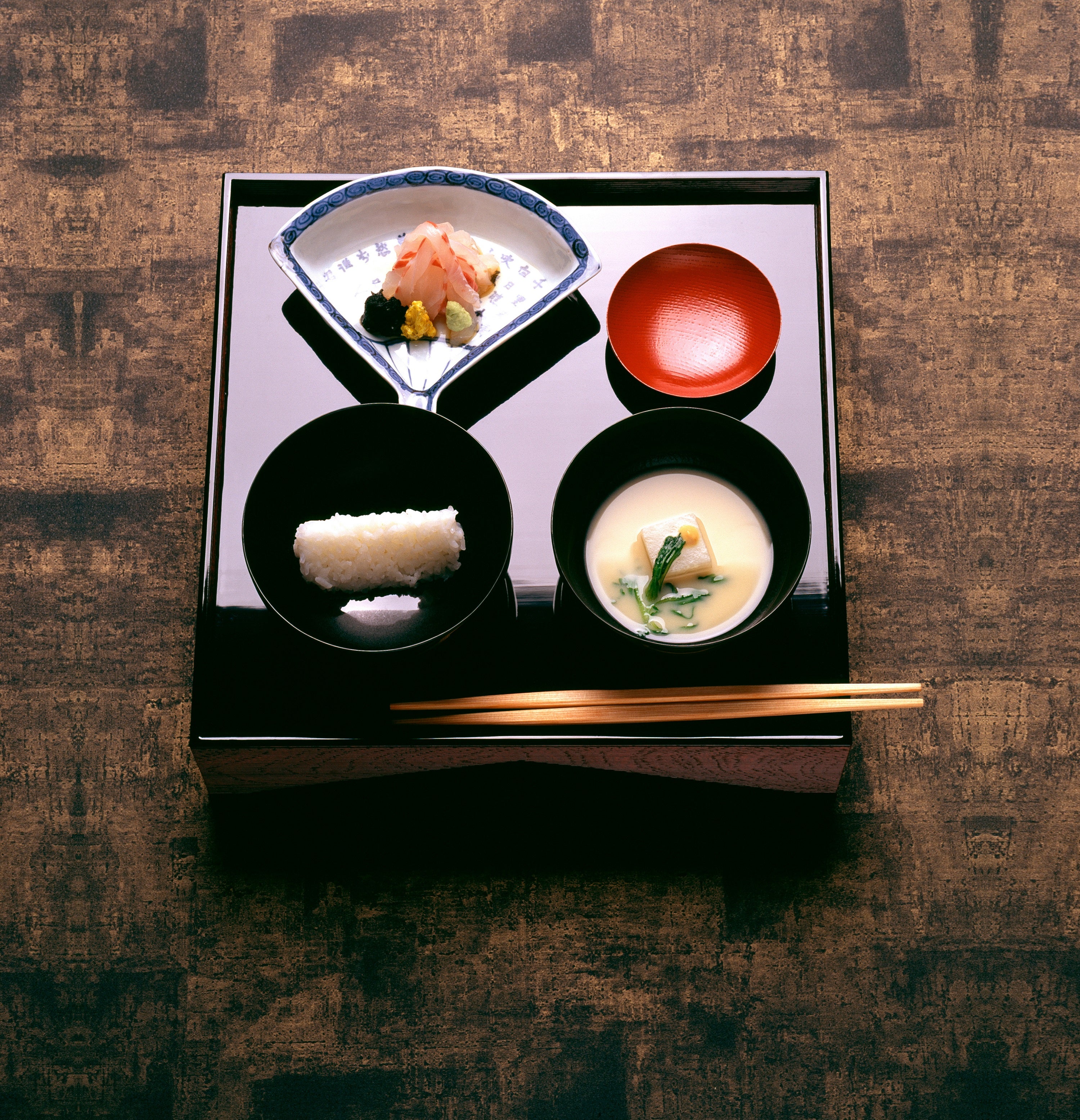

Dining Etiquette in Japan
Dining in Japan is more than just indulging in flavors; it is a whole experience that ties together food, aesthetics, social vibes, and nature, a cultural experience where showing respect, being mindful, and creating harmony around the table all play an important role. Let's take a look at Japanese dining etiquette – the subtle moves, the unspoken rules, and everything else that makes eating in Japan more than just a meal.
Getting Started
Before the meal, an oshibori, a wet towel is served. Chilled in the summer and heated up in the winter, oshibori is used to clean one’s hands before eating. A typical oshibori is made of cloth and is dampened with water. It is placed on the dining table rolled or folded on a tray.

In a restaurant, it is not uncommon to wait for everyone's order, however, if a dish is better eaten right away, it is not rude to start the meal even if the others at the table have not been served yet. At home, everyone starts the meal at the same time. There isn't an exact equivalent to the phrase "enjoy your meal”, you may start the meal with the phrase "itadakimasu" ("I gratefully receive").

Tableware Matters
Holding the tableware
The rice bowl is always positioned on the left side of the table setting, and the rest of the dishes are to the right of this bowl.

When eating from small bowls, it is correct manner to pick up the bowl with your hand and lead it close to your mouth when eating from it; however, larger types of dishes should generally not be picked up. When you pick up the bowl, use both of your hands, when you hold it, use only one hand.
The most graceful way of holding the rice bowl is lightly supporting it underneath with your fingertips and on the side with your thumb. It is better to avoid cupping or gripping the bowl with your palm. If you need to take a break or speak during the meal, you can place the rice bowl back on the table. When you're ready to resume eating, pick up the bowl using both hands again.

Chopstick etiquette
In many Japanese households, everyone has their own personal chopsticks. Many Japanese dining settings provide a chopstick rest, known as a “hashi-oki”. When not in use, the chopsticks should be placed on the rest with the pointed ends facing left and the broader ends toward the right. This prevents the chopsticks from rolling off the table and also keeps the tips clean.
When eating from shared dishes (as it is commonly done both at home and in restaurants), it is polite to use the opposite end of your chopsticks or dedicated serving chopsticks for moving food to your own dish.

Stabbing food with chopsticks can be seen as impractical and unrefined, and considered disrespectful toward the food itself. Chopsticks have symbolic importance. They are often associated with rituals, particularly those related to death and funerals. Sticking chopsticks upright in a bowl of rice resembles the placement of incense sticks at a Buddhist altar during funeral ceremonies. This association with death and funerals makes it highly inappropriate to stab food with chopsticks.
In Japanese culture, pointing at someone with any object, including chopsticks, is generally considered impolite and confrontational, and it may cause discomfort or offense.
Equally important is not passing food from one set of chopsticks to another as this is associated with a Japanese funeral ritual when the closest family members take turns passing the cremated bones during funerals. Use communal serving utensils or the opposite end of your chopsticks for transferring food.
Navigating Sounds in Japanese Dining Etiquette
Japanese dining etiquette places a significant emphasis on the sounds made during a meal, and adhering to dos and don'ts in this regard is essential for a harmonious dining experience.
First, it is considered polite to slurp your noodles, especially when enjoying a bowl of hot ramen or udon. This not only cools the noodles but also signifies appreciation for the dish.
On the flip side, loud chewing or slurping of other foods is generally discouraged, as it can be perceived as impolite. Additionally, when using chopsticks, it is polite to avoid tapping them against the bowl or making noise with them, as this is considered disruptive.
Finishing Up
It is considered a good style to empty your dishes to the last grain of rice.
After finishing your meal, it is generally good manners to return all your dishes to how they were at the start of the meal.
After finishing the meal, or when leaving a restaurant ”Gochisousama deshita" is a polite way to say, “Thank you, that was delicious.”
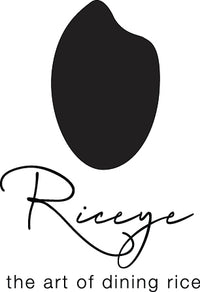
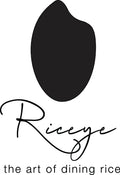
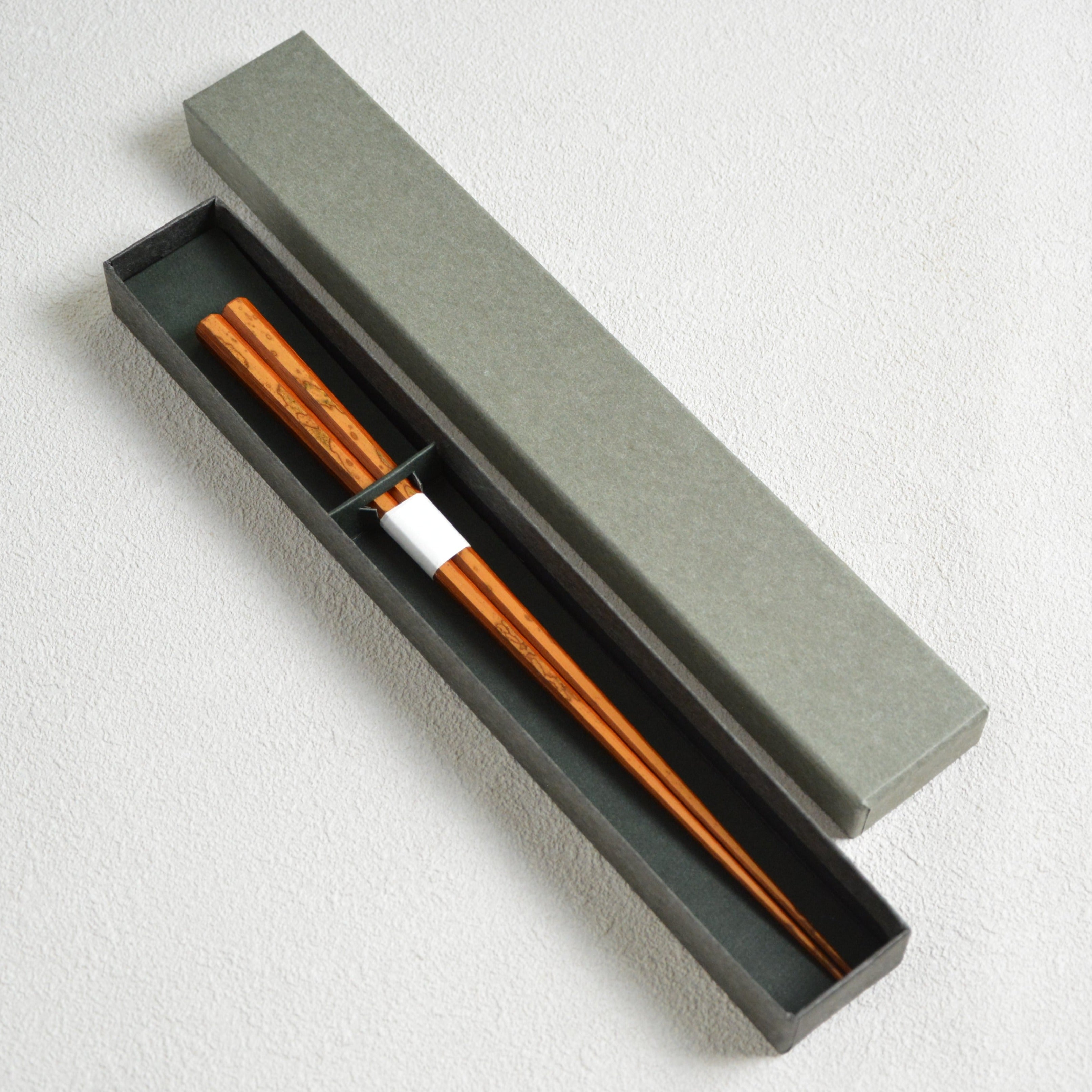
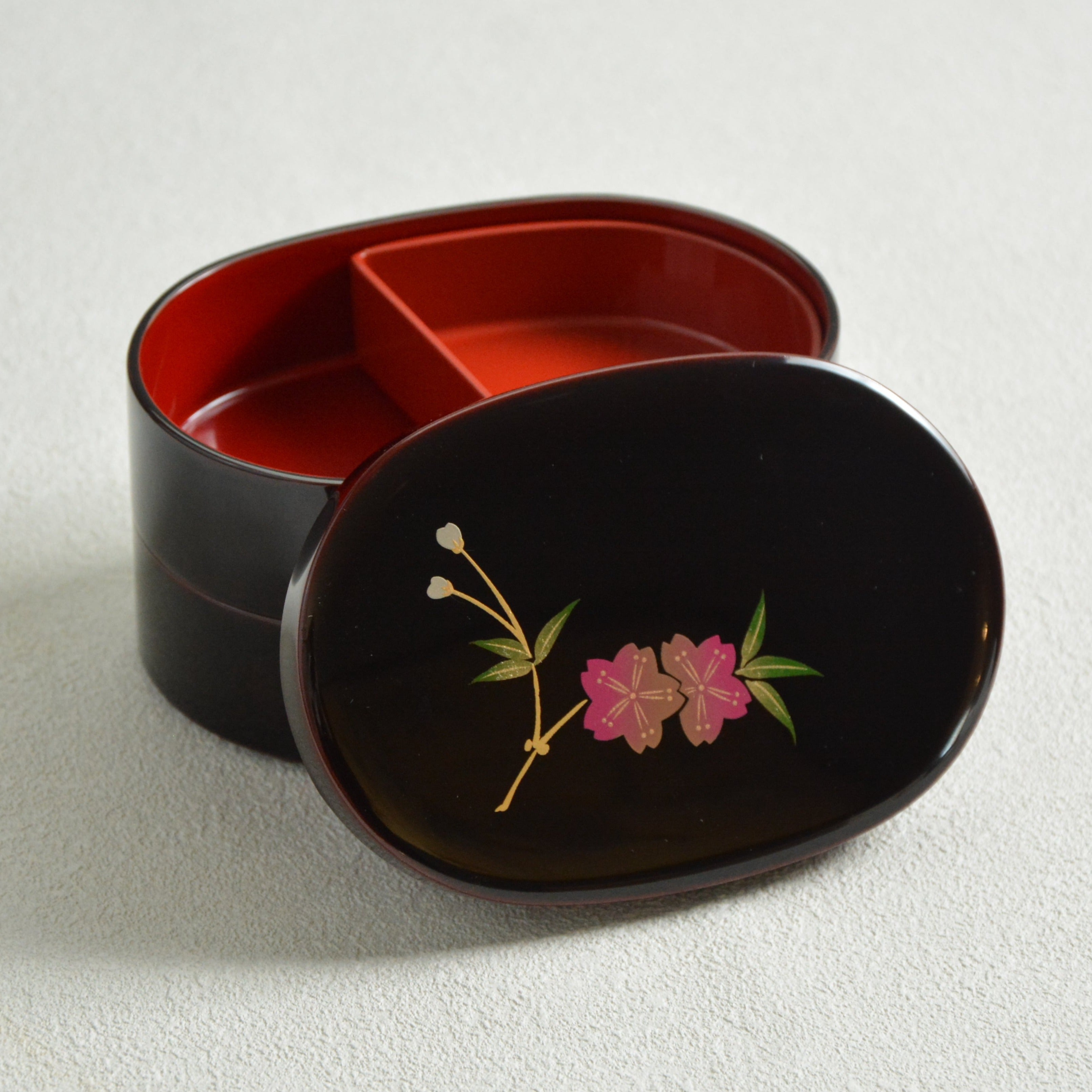
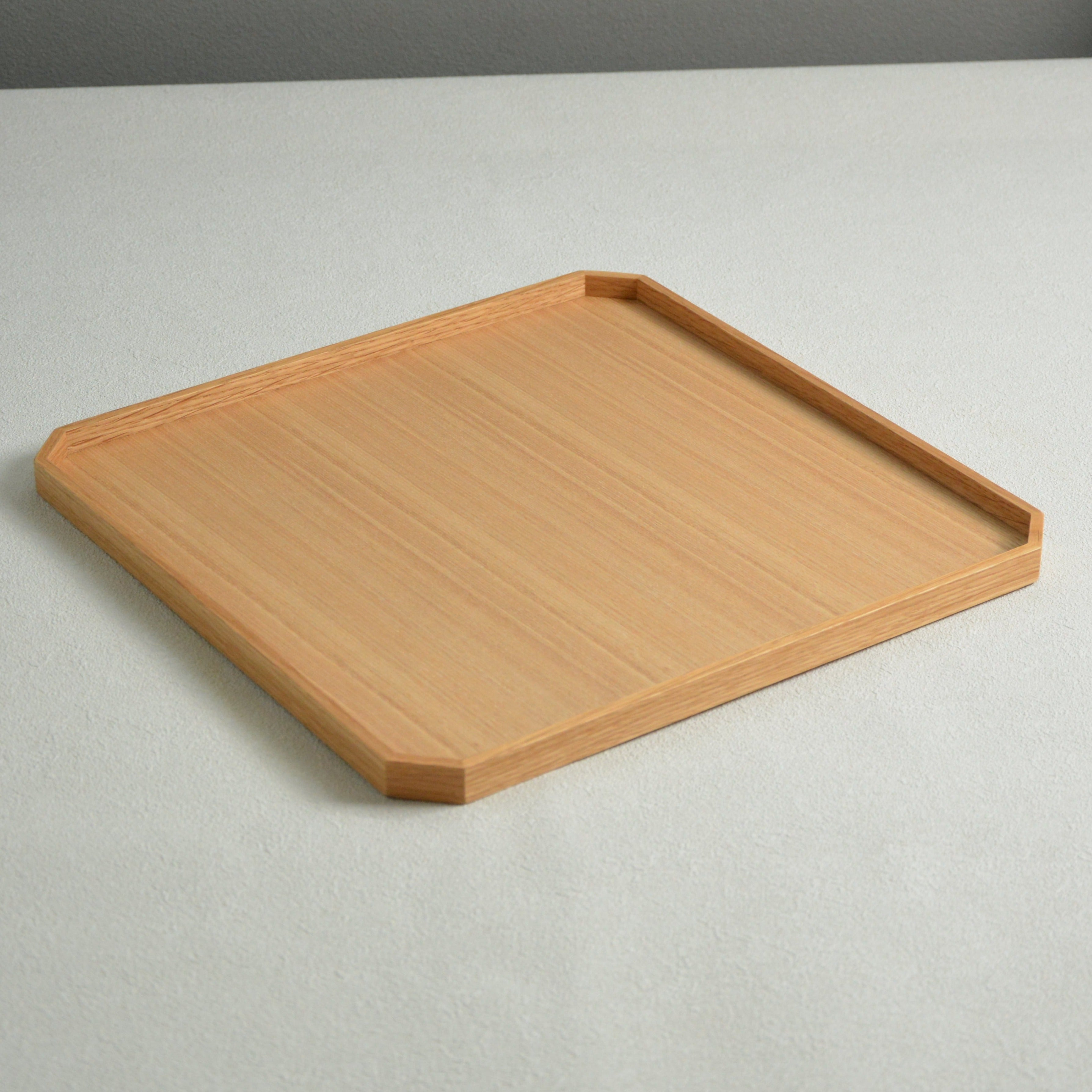
Leave a comment